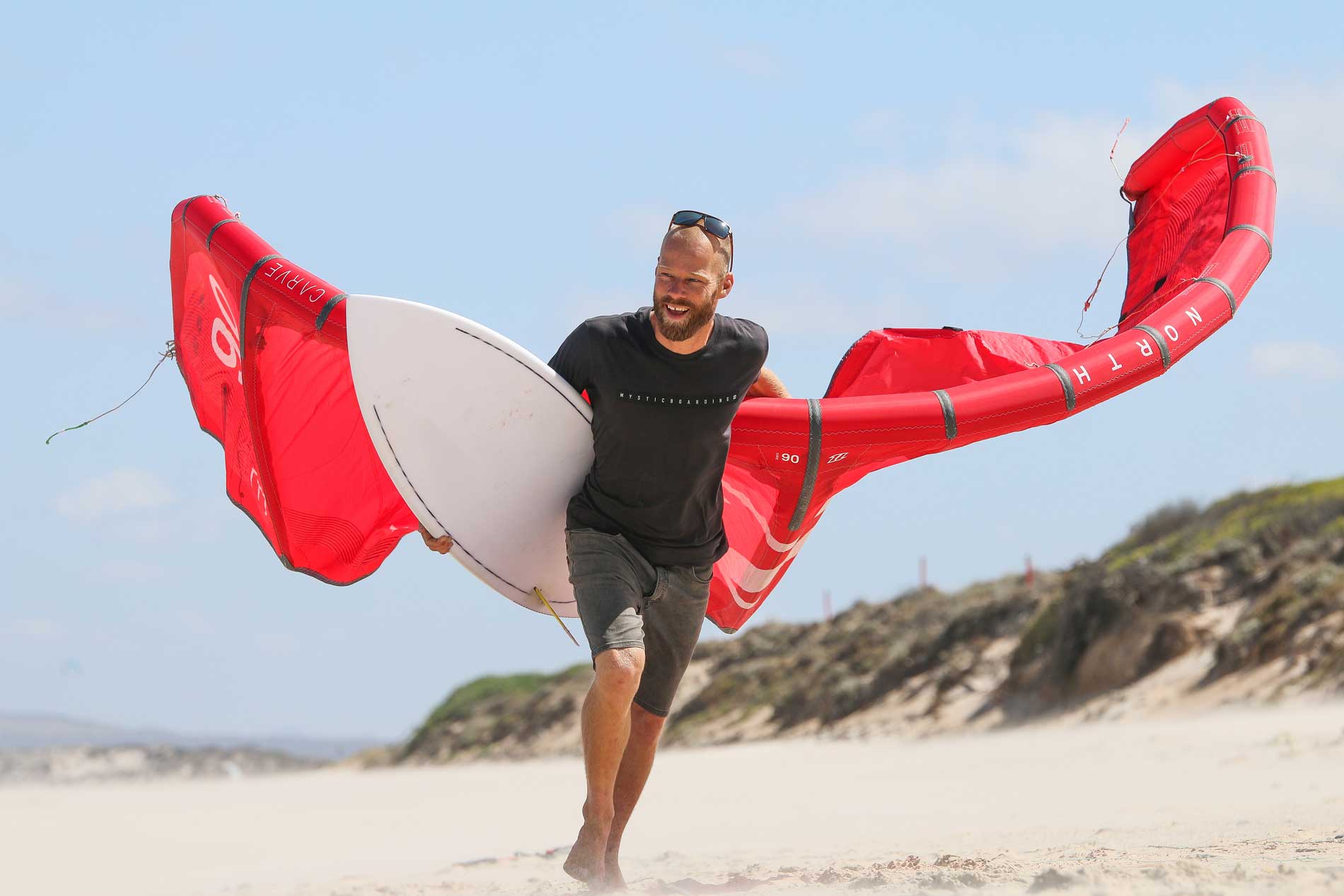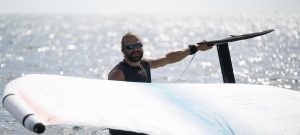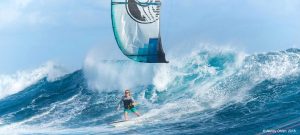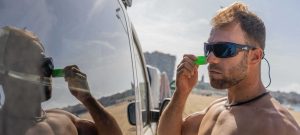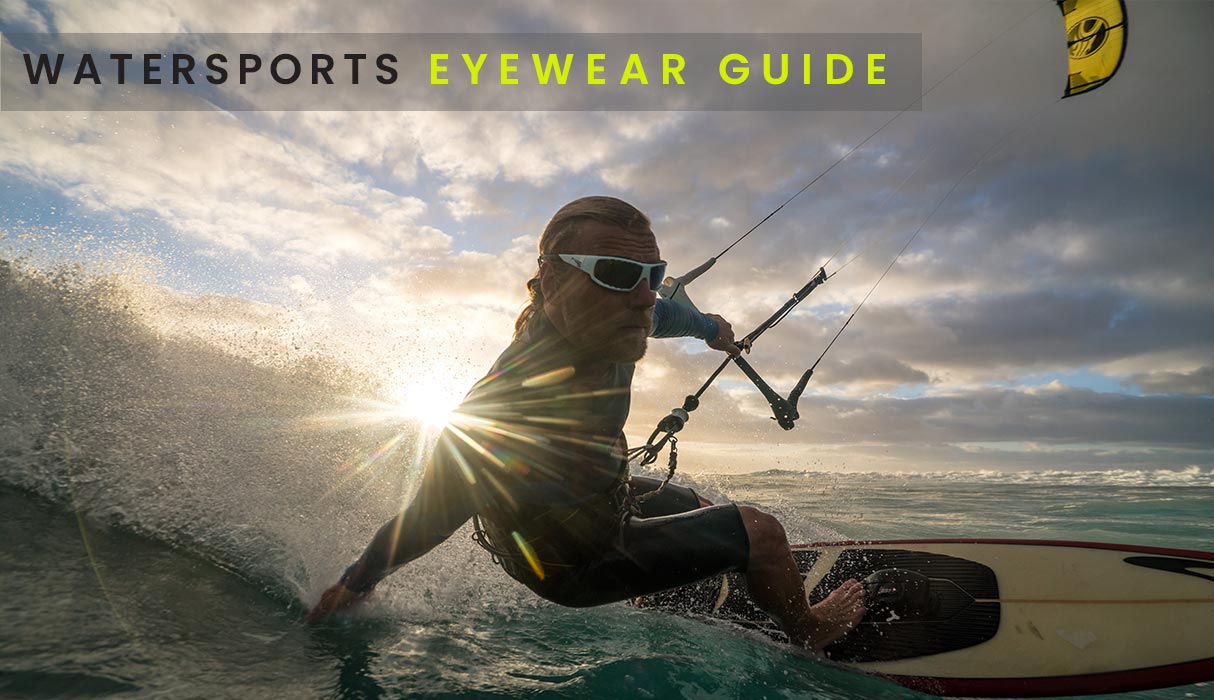Choosing the right sunglasses for water sports requires a little research and an understanding of the ways in which sunglasses work. With so many scientific terms and details noted in the description, it can be tough to make sense of the information – and to choose the most suitable pair for your needs.
Ultimately, the purpose of sunglasses is simple – to protect your eyes from UV damage, from the glare of the sun, and from other hazards like sea-spray and other airborne particles.
One of the key considerations in choosing suitable sunglasses is the rate of light transmission.
Sunglasses Light Transmission
‘Light transmission’ or ‘Visible Light transmission’ (VLT) in sunglasses refers to the amount of visible light that passes through the lenses and into the eyes. Visible light is very different from UV radiation – https://www.lip-sunglasses.com/eye-protection-understanding-ultraviolet-and-visible-light/
VLT is measured as a percentage of the total visible light that strikes the lenses and is affected by a number of factors such as lens material and thickness, the base lens colour, and the coatings applied on top. The VLT percentage tells you exactly how much light will reach your eyes. The lower the percentage, the darker your glasses will be.
There are 5 categories of VLT as shown in the chart. For most watersports and outdoor activities, a category 3 lens is desirable. The VLT range for category 3 lenses is 18% to 8%
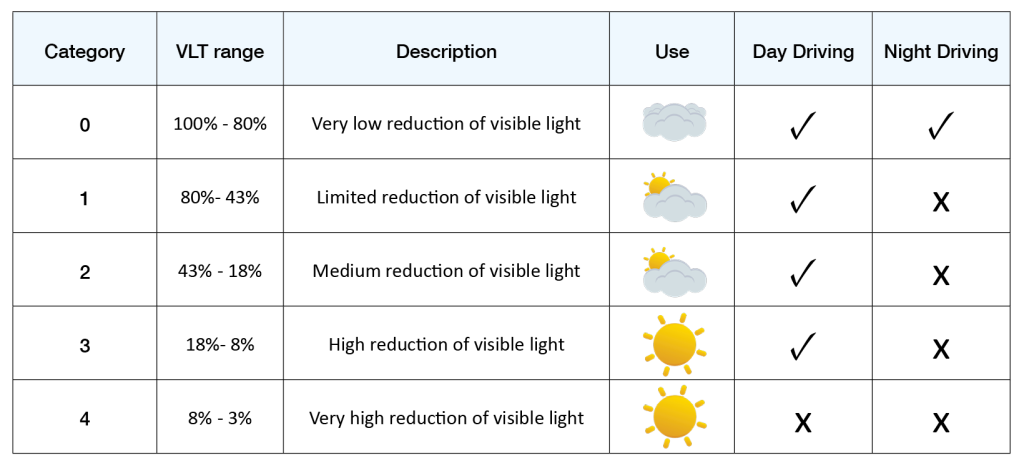
Are sunglasses with a higher light transmission more damaging to the eyes?
VLT rates relate only to the rate of passage of ‘visible light’ through the lens – not UV, nor Infrared. So the light transmission rate is irrelevant in terms of ‘UV’ protection. For eye health, protection from the sun’s UV radiation is achieved by wearing UV blocking lenses. Darker tints will however be more comfortable in bright conditions, and this can reduce eye fatigue which is certainly desirable.
Does polarization affect light transmission?
Yes, polarization does affect VLT. In polarized lenses, a filter is applied that blocks visible light oscillating in the horizontal plane while allowing visible light oscillating in the vertical plane to pass through. This significantly reduces glare and improves visual clarity, especially in bright and reflective conditions. This filtering process results in a reduction of the amount of visible light that reaches the eyes, which reduces the overall light transmission of the lens. The degree of the reduction will depend on the extent of polarization which can range anywhere from 25% to 99%.
Do mirror coatings have an impact on light transmission?
Yes, the degree of impact depends on the type of mirror coating and the thickness of the coating applied. Most mirror coatings are made of multiple thin layers of transparent materials with different refractive indices. They produce high reflectivity with a small impact on visible light transmission – typically reducing VLT by 1-3%. The impact can also depend on the wavelength of the light, with certain coatings having different reflectivity and transmission characteristics for different wavelengths. A blue mirror coating reflects visible light in the 380nm to 500nm wavelength range – it’s why the surface of the lens appears blue.
Do lenses with a low light transmission reduce eye fatigue?
Lenses with a low light transmission can help reduce eye fatigue by reducing the amount of visible light that reaches the eyes. The eyes can focus more easily, leading to less eye fatigue. The extent to which lenses with a low light transmission reduce eye fatigue will also depend on additional factors, such as an individual’s sensitivity to light and glare, the quality of the lenses, and the specific lighting conditions.
Understanding what is light transmission in sunglasses and how it relates to the function and performance of lenses will enable you to make an informed decision on which pair is best for your needs.
How to Choose the Right Light Transmission in Sunglasses
If you need sunglasses for driving your car as well as for fishing glasses or surfing glasses, you might find it best to invest in more than one pair. Understanding the environment in which you will be using your sunglasses will help you decide what is best for your needs.
Take a look at the product specifications and check if the VLT rate will be suitable to handle the weather conditions you expect to encounter. If you expect moody skies, avoid choosing lenses with a low light transmission rate as they will likely be too dark for you.
Other notable features to check for when purchasing sunglasses for sports include
- Do they block UV?
- Are they wrap-around (that is – will they block light from entering your eyes at the sides?)
- Any applicable coatings and scratch resistance
- For use in watersports, do they float or have a retention device (or you’ll wave them goodbye as they sink!)
What Are The Visible Light Transmission Rates of LiP’s Watershades?
To cater for all sorts of lighting conditions, LiP offers a wide range of lenses with light transmission rates ranging from 79% down to 8.35%. This variety ensures that there is a lens for every environment. Whether you need kayaking sunglasses, rowing glasses, or even some boating sunglasses that float, we have lenses with a visible light transmission rate that is suitable for you.
The light transmission percentage for all of our watershades is listed in this handy chart:
